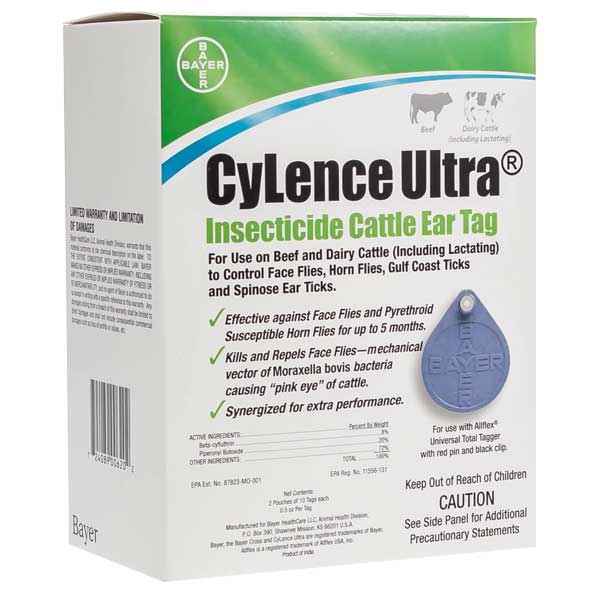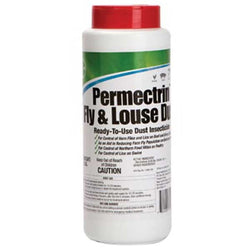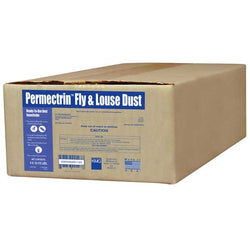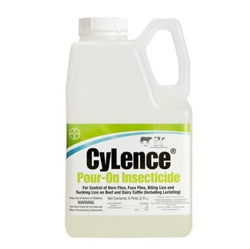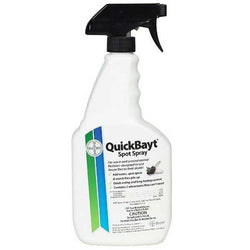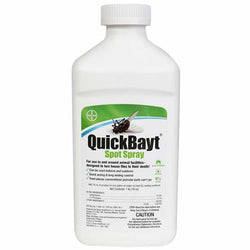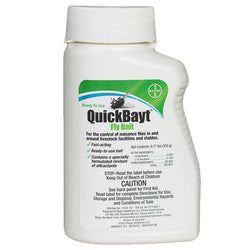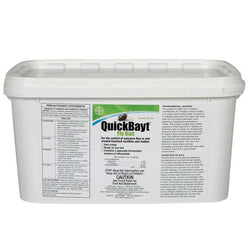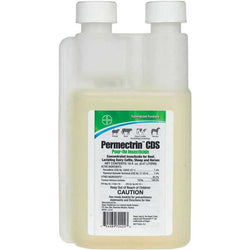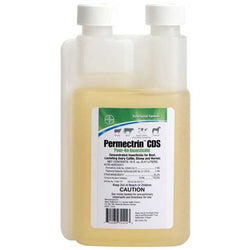You have no items in your shopping cart.
-
Equine
![banner right]()
-
Pet
![banner right]()
-
Farm
![banner right]()
-
Livestock
![banner right]()
- Apparel & Footwear
- Other
- Clearance
-
Brands
- 3M
- Adams
- Absorbine
- Adeptus
- Advance
- Agri-Pro
- AllFlex
- Andis
- Andover Healthcare
- Animal Supplies
- AniMed
- API
- Applaws
- Arm & Hammer
- Aspen Pet
- Aquavet
- Banixx
- Barkworthies
- Bayer
- Bell Labs
- Benebone
- Be One Breed
- Bergan
- Betadine
- Bickmore
- BioBag
- Bio-Groom
- Booda
- BoviDr
- Chuckanut
- ChuckIt!
- Circle T
- Cloud Star
- Coastal
- Comfort Zone
- Corona
- Country Vet
- Cowboy Magic
- Desert Equestrian
- Dog Gone Smart
- Dogswell
- Dogzilla
- Double-Tuf
- Dr. Elseys
- Durapet
- Durvet
- Dyne
- E3
- Earth Rated
- EcoClear
- Ecovet
- Enforcer
- Equerry's
- Equistro
- Equus Magnificus
- Ethical Products
- Evolution
- Farnam
- Farm Innovators
- Farrier's Wife
- Foremost
- Fat Cat
- Four Paws
- Ginger Ridge
- Grannicks
- Grizzly
- Grubs
- Guardian
- Happy Hen Treats
- Haystack
- Healthy Chews
- Herm Sprenger
- Horse Guard
- Horsemans Pride
- Hot Shot
- Jackson Galaxy
- Jolly Pets
- JW
- K9 Explorer
- Kong
- Kurgo
- Leather Therapy
- Lexol
- Li'l Pals
- Little Giant
- Mane 'n Tail
- Manna Pro
- Merck
- Miller
- Motomco
- Natural Chemistry
- Nutri-Vet
- Nature's Nuts
- Neogen
- Paradise Found
- Patriot
- PetAg
- Pet Lodge
- Petmate
- Precision Pet
- Prozap
- Pyranha
- Quiko
- Rascals
- Redmond
- Rescue!
- Ruffmaxx
- Safari
- Safe Cat
- Sav-A-Chick
- Sav-A-Kid
- Sav-A-Lam
- Select
- Shapleys
- Silver Honey
- Smokehouse
- Snoozzy
- Speedrite
- Springer Magrath
- Spot
- Starbar
- StarMark
- Sterling
- Sulfodene
- Sunseed
- TevraPet
- The Missing Link
- Three Dog Bakery
- Titan
- Tomlyn
- Treatibles
- Tropiclean
- Turbo
- Vetality
- Vetericyn
- Vetoquinol
- VitaKraft
- Ware
- WF Young
- YTex
- Zodiac
- Zoetis
- Zoobilee
0item(s)
You have no items in your shopping cart.








